Preparing red clay for planting beds
james1309
16 years ago
Related Stories
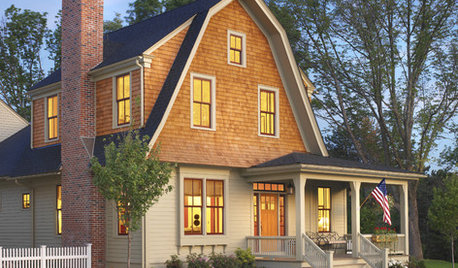
LIFEHow to Prepare Your House for Emergencies
Knock on wood you won't have any big mishaps at home, but it's important to be ready. Our checklist can help
Full Story
GARDENING GUIDESHow to Stop Worrying and Start Loving Clay Soil
Clay has many more benefits than you might imagine
Full Story
GARDENING GUIDESGardening Solutions for Heavy Clay Soils
What’s a gardener to do with soil that’s easily compacted and has poor drainage? Find out here
Full Story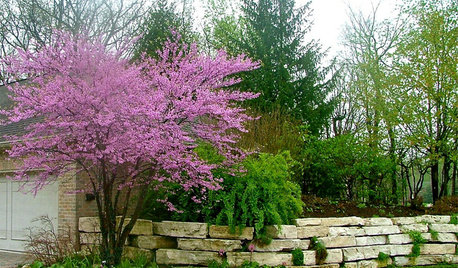
GARDENING GUIDES10 Top Mid-Atlantic Native Plants
Enjoy a four-season garden in the mid-Atlantic region with plants that will stand up to weather shifts, clay soil and the occasional deer
Full Story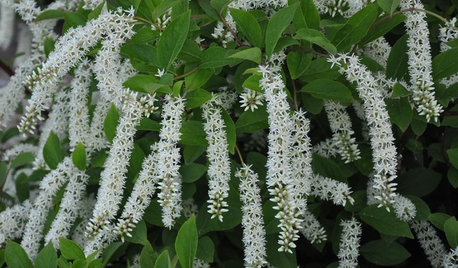
RED FOLIAGEGreat Design Plant: 'Little Henry' Sweetspire
Small in stature but big on impact, this fuss-free shrub promises spring flowers, fiery fall color and good manners in the garden
Full Story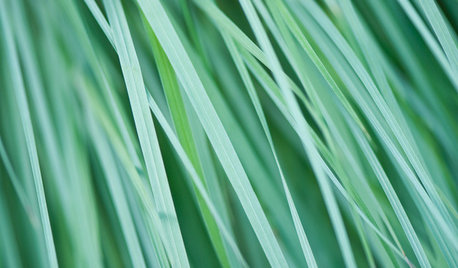
GARDENING GUIDESGreat Design Plant: Little Bluestem Goes Above and Beyond
It thrives in poor soil and provides food and shelter for wildlife. Plus, Schizachyrium scoparium is just a darn pretty native grass
Full Story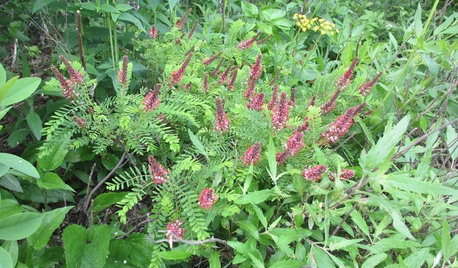
GARDENING GUIDESGreat Design Plant: Amorpha Nana
Plant this tough, short shrub in fall to enjoy a gorgeous floral display and aroma in spring and summer
Full Story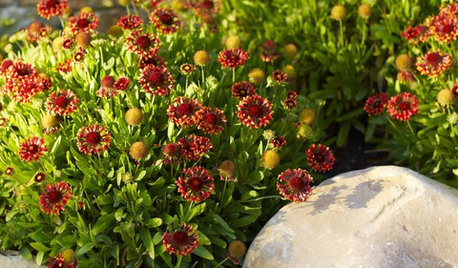
GARDENING FOR BUTTERFLIESGreat Design Plant: Blanket Flower Brings Year-Round Cheer
It's irresistible to wildlife, but this wildflower's drought tolerance, copious blooms and versatility draw human fans too
Full Story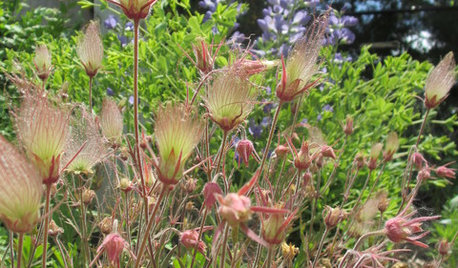
GARDENING GUIDESGreat Design Plant: Geum Triflorum
Nodding red blooms, glittery effervescent seed heads and a tough-as-nails constitution make prairie smoke a winning ground cover
Full Story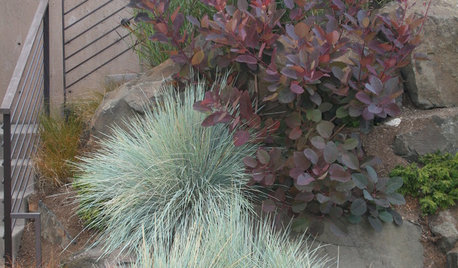
PURPLE FOLIAGEGreat Design Plant: Smoke Tree
Plant a 'Grace' smoke tree for months of red, burgundy and purple foliage and an unusual spring bloom
Full StoryMore Discussions






dottie_in_charlotte
alicia7b
Related Professionals
Windham Landscape Architects & Landscape Designers · Oconomowoc Landscape Architects & Landscape Designers · Aurora Landscape Contractors · Goodyear Landscape Contractors · Jackson Landscape Contractors · Avocado Heights Landscape Contractors · Athens Landscape Contractors · Berkley Landscape Contractors · Bridgeport Landscape Contractors · Mason Landscape Contractors · Mesa Landscape Contractors · Northport Landscape Contractors · Paramus Landscape Contractors · Vacaville Landscape Contractors · West Chicago Landscape Contractorsdogridge
dellare
laurabs
alicia7b
alex_7b
james1309Original Author
carrie630
Phylla
alicia7b
zigzag
dottie_in_charlotte
alex_7b
botanical_drifter